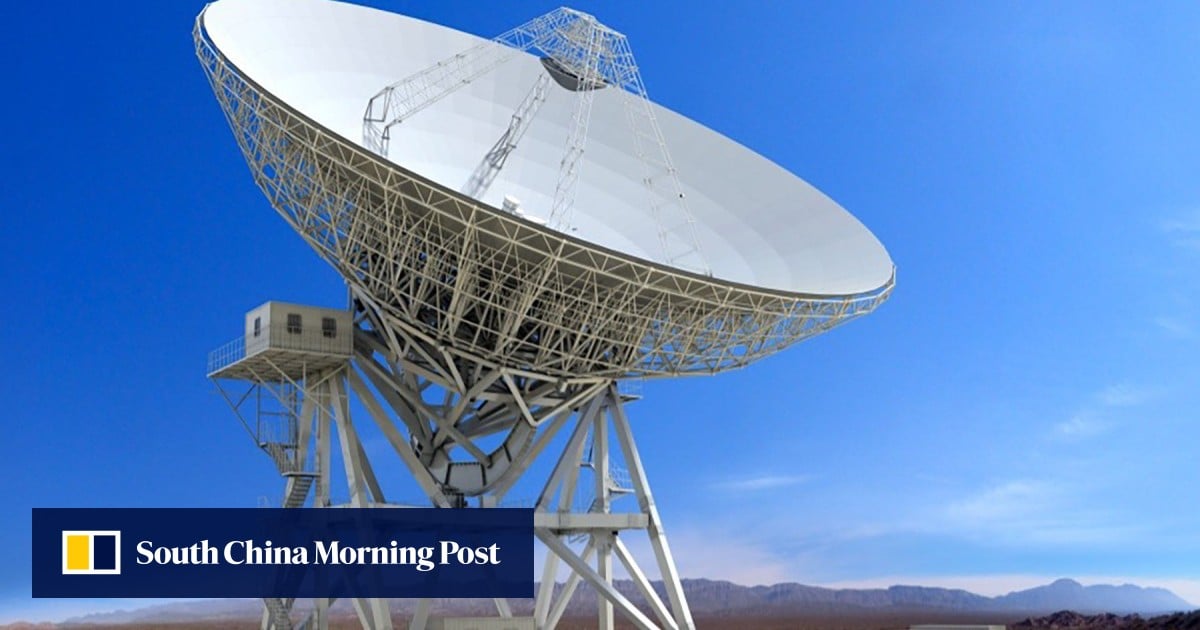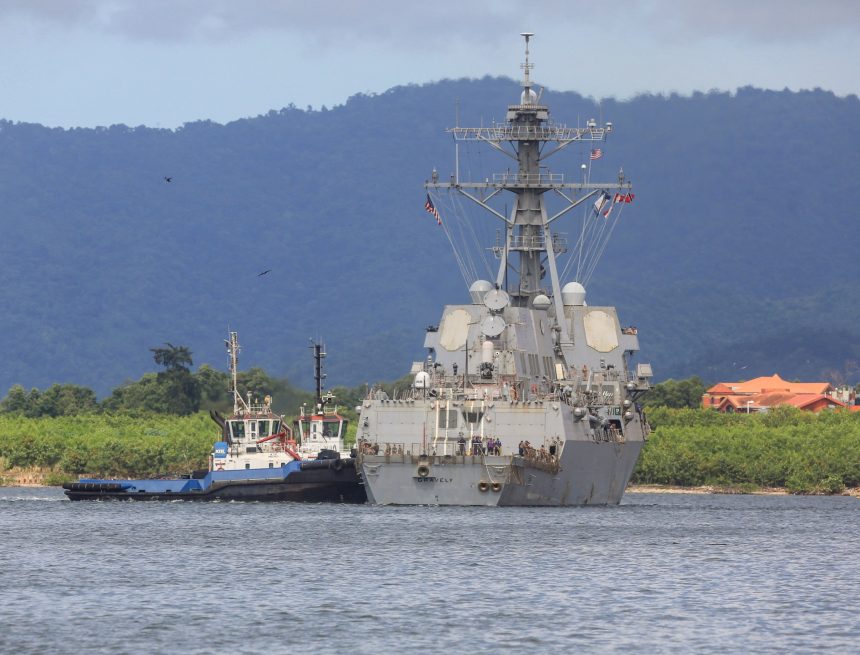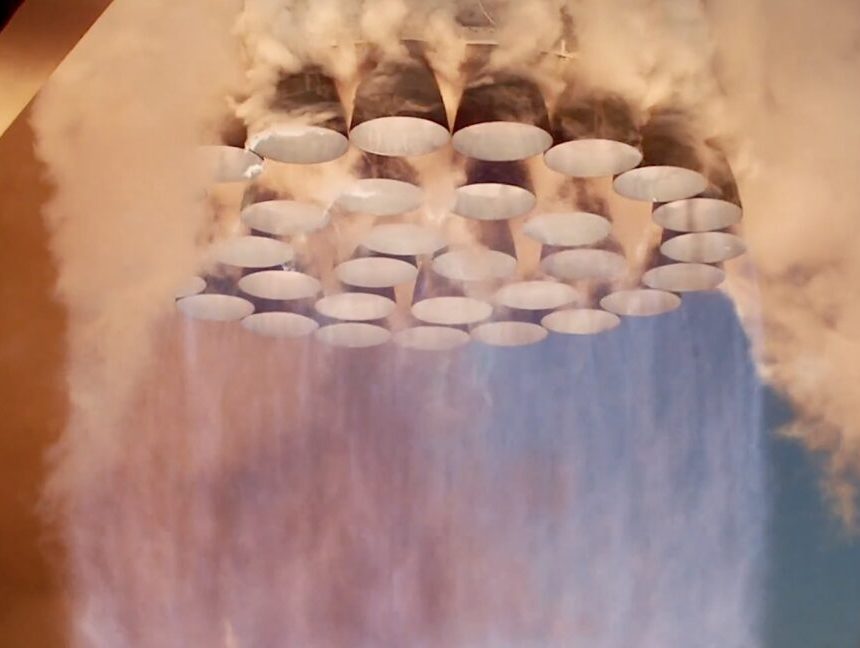Nick ThorpeBudapest correspondent
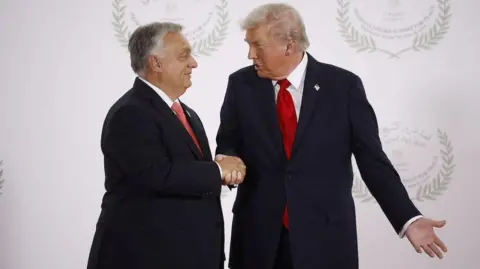 Reuters
Reuters“There is a war-opposing network in the world, with two focal points: one of power led by the US president and one of spirit found here with the Holy Father,” Viktor Orban said last week after meeting Pope Leo at the Vatican.
“We draw strength, motivation, and blessing from both,” said the Hungarian prime minister.
If his ally in the White House, US President Donald Trump, was on his mind, then his thoughts could well have turned to a tricky meeting that awaits him on Friday in Washington.
The man Trump has called a “great leader”, and who has long provoked admiration in Maga circles, suddenly finds himself in an unusual position – at odds with the US president on an issue of critical importance.
At the centre of those talks will be new US pressure on Hungary and Slovakia to wean themselves urgently off Russian oil – Trump’s latest gambit in his efforts to pressurise Russia into ending its war on Ukraine.
Asked recently whether Trump had gone too far in imposing sanctions on Russia’s two biggest oil companies, Orban said “from a Hungarian point of view, yes”.
Orban has been using his country’s heavy dependence on Russian oil and gas to advance his own agenda in several ways.
He has used it as a weapon to attack Brussels, as a means to maintain his good relations with Moscow, and as a platform upon which he hopes to win re-election next April in Hungary. He has promised “cheap Russian energy” to voters.
He will go into this election portraying himself as a safe pair of hands in an increasingly uncertain world. But Orban is trailing in most opinion polls, after his government was shaken by the meteoric rise of opposition Tisza party leader Peter Magyar.
The Hungarian PM has also been angered by repeated Ukrainian drone attacks on the Druzhba pipeline this summer, which briefly disrupted supplies to his country.
Senior Hungarian officials have been hinting for months that they believe the war in Ukraine could be over by the end of the year – a seemingly absurd claim, until news of a planned summit in Budapest between Trump and Russian President Vladimir Putin broke last month.
But Orban’s carefully laid plans began to unravel on 21 October, when the White House announced that the summit had been called off.
Orban’s government had been secretly working on the summit plans for months. Balazs Orban, Orban’s political director (no relation), enjoys close relations with US Vice-President JD Vance, and is believed to have played an important role.
Orban hopes to persuade Trump to ease the pressure on Hungary at least until the election when the pair meet in Washington.
The Hungarian government appears to be counting on the idea that Trump is bored by the war in Ukraine, and wants to turn his back on it if no deal is done soon.
Orban has sharply opposed Western military and financial support for Ukraine, and rules out Ukraine’s membership of Nato and the EU. He portrays Trump as a pro-peace president, giving short shrift to what he sees as the warmongers of the EU.
The climax of the cancelled summit in Budapest would have been the moment he appeared on the balcony of the Carmelite Convent on Castle Hill, overlooking the Danube, flanked by Presidents Trump and Putin. How could Hungarians vote against such an internationally successful leader, he might have asked.
In Rome last week, despite US dismissals, Orban insisted the summit would still happen – it was just a question of time. At the weekend, Kremlin spokesman Dmitry Peskov quietly suggested the same.
Under US pressure, will Orban follow Czech lead?
The biggest issue souring US-Hungary relations is oil.
In 2024, Hungary even increased the amount of oil it receives through the Druzhba (Friendship) pipeline from Russia. On 23 October, just as Orban was addressing a rally of his supporters in front of Parliament in Budapest, the US announced sanctions on the two giant Russian oil companies, Lukoil and Rosneft.
Hungary received 64% of its oil through the Friendship pipeline from Russia, via Belarus and Ukraine, in 2020. By 2024 that figure stood at 80%, or 5 million tonnes a year.
The Hungarian government argues that land-based pipelines are the cheapest way to receive oil, and that with no sea coast of its own, it has no alternative. Much smaller quantities are also imported from Kazakhstan, Croatia, Iraq, and Azerbaijan.
Another issue is that Russian Urals crude has a higher sulphur content than the Brent crude supplied from elsewhere. The major Hungarian refinery at Szazhalombatta, run by Hungarian oil giant MOL, and the Slovnaft refinery in Slovakia, also run by MOL, are both set up to process mostly Urals crude, not Brent.
Within the EU, Orban is now the longest standing leader. Far from leaving the bloc, he wants to remake it in his own image, as a union of sovereign nations. For this, he has also won praise from Putin.
But Hungary’s argument that it cannot change is undermined by the Czech example. That is a country with a similar population to Hungary, and also landlocked.
The Czech Republic traditionally relied heavily on Russian crude for the eight million tonnes of oil it needs a year.
Starting in early 2022, following the full-scale Russian invasion of Ukraine, the Czech government under Prime Minister Petr Fiala invested heavily in improving the existing Transalpine pipeline to the Italian port of Trieste.
At the same time, its refineries at Kralupy and Litvínov were adapted for Brent crude. In April 2025, the Czech authorities announced proudly that they were no longer receiving a drop of Russian oil.
Energy experts say that while MOL, the Hungarian oil giant, is quietly changing its technology, what is missing is a political decision from the government to shift to the Adria pipeline from the Croatian port of Omisalj.
There are also disputes between the Croatian company Janaf and MOL – over just how much oil the pipeline could support.
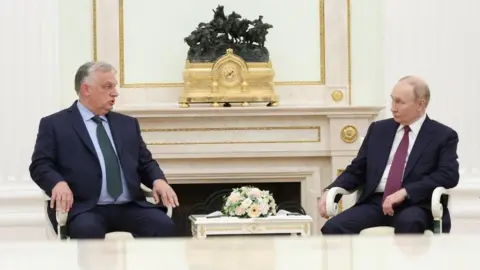 Reuters
ReutersWhen the pair meet, Trump will urge Orban to show some political will to wean itself off Russian supplies.
But Orban might see that as a hard decision to explain to Hungarian voters. After arguing for years that Hungary cannot survive without Russian oil and gas, he would lose face if it turns out it can.
Matt Whitaker, US ambassador to Nato, said in a Fox News interview last week that Hungary had still “not made any active steps” to end its dependence on Russian oil.
“There’s a lot of planning our friends in Hungary will have to do,” he said, and promised US help to Hungary and Croatia to make it happen.
As the seagull flies, Omisalj is only 44 miles (70km) from Trieste. Seaborne oil from Kazakhstan, Libya, Azerbaijan, the US and Iraq could soon be flowing through the Adria pipeline to Hungary too.
Despite Orban’s dire warnings of price hikes, there is no data – so far at least – to suggest that Czech consumers have to pay more.
There is nothing his old friend Donald Trump likes more than striking a deal.
Orban is about to find out how persuasive the US president can be.

